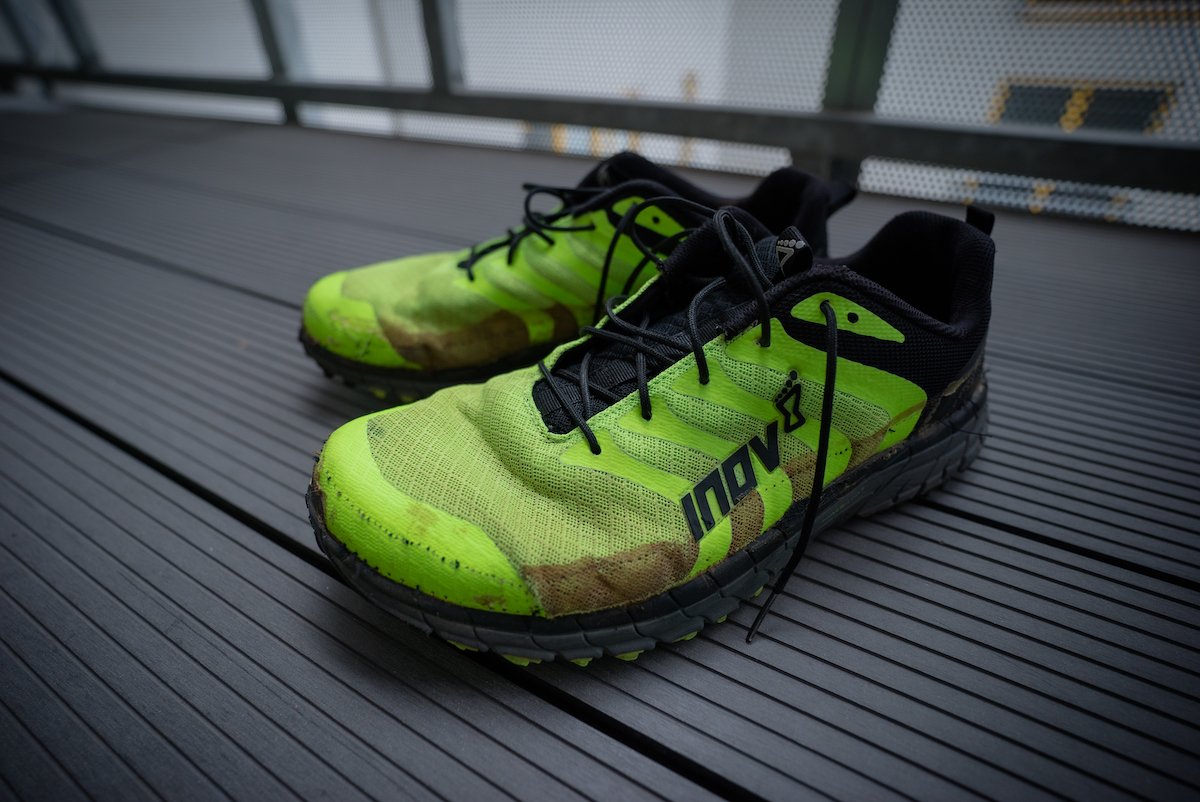How to meet the cut-off times on the Marathon des Sables
Time left until the next Marathon des Sables
My experience on the Marathon des Sables taught us there are two approaches to successfully tackle the race: the Turtle approach vs the hare approach.
The cut-off for each day is pretty simple: stay ahead of the camels! But this is more challenging than it sounds when prior acclimatisation is difficult, you’re sharing a tent with other adventurous people, you’re excited about doing something you’ve been building up to for months, and you’re getting messages from your friends at home wishing you good luck.
The Turtle approach
Benefits: You have a steady heart rate; you can eat food and drink water whilst still maintaining a good pace; Things don’t rattle or fall off you; and you can maintain a conversation or daydream / plan your life. Additionally, we listened to audio books (a tactic we learned from rowing across the Atlantic Ocean a few years prior).
Downsides: By being slower; it feels mentally more challenging when you see people overtaking you. We think it’d be a difficult strategy to take for the super competitive types who want to be out front leading the pack. Slower finisher times in the earlier stages, however you’ll overtake hares in the later days when they start to feel the effects of running above zone 3 heart rate in the hot temperatures.
Get this and 8000 words of our first-hand knowledge in our digital guidebook!
This digital download is over 8000 words of hard-won knowledge, advice, guidance, ideas across 17 pages, covering the following subjects:
- How to choose the right shoes for the Marathon des Sables
- Sleeping bags options
- Food selection
- Essential clothing for the Marathon des Sables
- Nutritional demands / calorie planning for the race
- Different backpack options
- The application process.
- How to meet the cut-off times
- The race format.
- Understanding the mandatory gear list.
- Tent etiquette.
- Weight reduction ideas for your kit.
- Taking care of yourself and blister management.
- Race strategy for completion.
- The pre-race medical checks
- Where to get your footwear tailored for gaiters.
- Planning for charity fundraising.
- Ideas to aid physical preparation.
- How to condition yourself for the demands of the desert
- How to enter from overseas
- How to generate social media interest for funding it.
The Hare approach
Benefits: Quicker finisher time in the early stages. Morale boosts seeing your name higher up the leaderboard in the early stages.
Downsides: You might be running with your heart rate in anaerobic respiration zone more often - meaning you might need longer to recover at stops and checkpoints. Burning glucose as the main source of energy means you’ll produce more lactic acid, making recovery hard and slower – not a good place to start the long day, where you’ll wish you were more rested!
For our future ultradistance races, maybe I’ll adopt a combined strategy to push harder in the early days and then slow it down.







